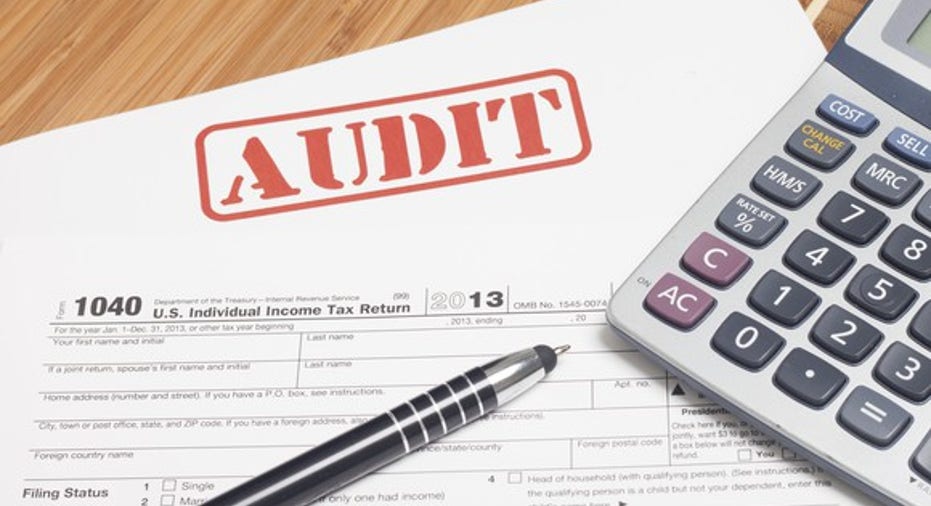Here's How Many Taxpayers Got Audited in 2016

The IRS recently released its 2016 data book, which among other things, reveals details about the agency's enforcement activity last year. And while it may come as a surprise to you, the percentage of individual tax returns selected for an audit dropped to its lowest level in more than a decade.
Enforcement activity
During the 2016 fiscal year, the IRS audited just over 1 million individual income tax returns, a 16% decline from 2015 and a drop of more than one-third since 2011. This represents an overall individual tax return audit rate of just 0.7%, the lowest in more than a decade.
Image source: Getty Images.
What's more, the majority (71%) of these were correspondence audits, meaning that they were conducted through the mail. These are generally the result of a straightforward math error, income omission, or miscalculation, and can often be completely resolved by either sending documentation to the IRS, or if any additional assessment is legitimate, by sending a check to the IRS. Only 29% of audits were conducted in the field, where the IRS comes to the taxpayer or meets with the taxpayer in an IRS office. Also, 37,000 of all audited returns actually resulted in an additional refund to the taxpayer.
Taxpayers are taking advantage of better customer service
One possible reason for the lower audit rate is that more people took advantage of IRS assistance, a welcome piece of news given that in recent years the IRS warned it was so understaffed it couldn't get to many consumer phone calls. Think of it this way: The more people who ask for help (and get it) from the IRS, the more people whose tax returns will be prepared correctly, hence fewer tax returns will trigger an audit.
More than 68.3 million people utilized IRS telephone assistance, an increase of 11.4% year over year. Most significantly, the number of people who used live telephone assistance -- that is, talked to a person and didn't just use an automated system -- rose by an impressive 40% to 25.5 million people. In total, the IRS spend just over $2.4 billion on taxpayer services last year, almost 8% more than in 2015.
However, don't think the IRS isn't understaffed still. Just over 53% of callers who needed assistance got through, and it took an average of 18 minutes to answer each call.
In addition, more people are making use of the IRS's online resources, such as the "Where's My Refund" tool, and other taxpayer guidance available on IRS.gov. In fact, the number of unique visits to IRS.gov surpassed the half-billion mark in 2016, 2.6% higher than 2015.
The bottom line
The takeaway is that in 2016, the IRS apparently shifted its focus slightly away from enforcement and devoted more of its efforts to taxpayer assistance and education. And the agency's spending reflects this. I already mentioned the increased spending on taxpayer services, plus the IRS's enforcement spending dropped by $100 million.
To be clear, I'm not necessarily saying that you are less likely to get audited than you were before -- after all, every tax situation is different -- so it's still just as important to double-check that all the information on your tax return is accurate, and that you have documentation to back up all the deductions and credits you claim.
The $16,122 Social Security bonus most retirees completely overlook If you're like most Americans, you're a few years (or more) behind on your retirement savings. But a handful of little-known "Social Security secrets" could help ensure a boost in your retirement income. For example: one easy trick could pay you as much as $16,122 more... each year! Once you learn how to maximize your Social Security benefits, we think you could retire confidently with the peace of mind we're all after.Simply click here to discover how to learn more about these strategies.
The Motley Fool has a disclosure policy.



















